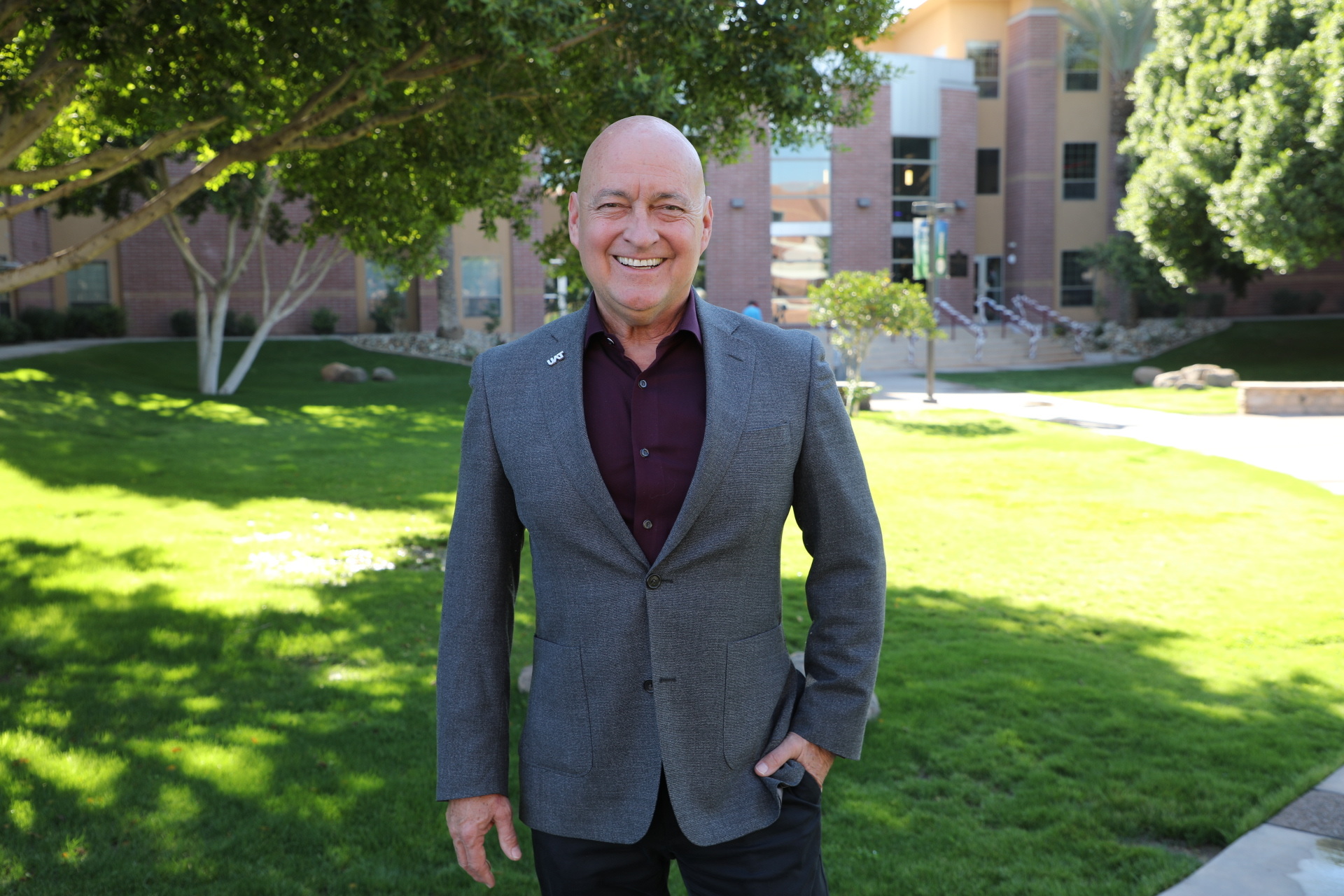Artificial Intelligence (AI) has been at the top of technology-conversations during 2023. AI suggests many opportunities for innovation as it is worked into applications that make use of large datasets. Patterns learned by AI can result in better human-computer experiences, diagnosis, content creation, pattern predictions and improved workflow. As a tech, AI is such a pervasive game-changer that its emergence is leading to rethinking of laws, industry norms as the court of public opinion raises their concerns. A challenge with AI is that understanding of what it is and its “insider language” is not widely understood. In this series we will cover AI language from A to Z.
In Part V we cover M to O.
- Machine learning. Machine learning is a type of AI algorithm that lets software applications become more accurate at predicting outcomes autonomously.
- Moats. Moats are mechanisms that prevent competitors from copying a proprietary LLM. An LLM's moats are training data, model weights and the cost of training.
- Model. An AI model is a machine learning algorithm that has been trained and deployed.
- Model collapse. Model collapse is when low-quality, AI-generated content contaminates the training set for future models.
- Multimodal AI. Multimodal AI systems can handle input and produce output in several mediums. Multimodal systems can handle any combination of images, video, text or sound, as opposed to just text.
- Music generators. AI powered tools that create unique and royalty free music. Examples include: Soundful, Mubert, Beatoven, and Aiva.
- Natural language generation (NLG). NLG is the use of AI to produce written or spoken language from a data set.
- Natural language processing (NLP). NLP is the ability of a computer program to understand human language as it is spoken and written. It is a subfield of linguistics as well.
- Neural network. Neural networks are a type of deep learning technology made up of interconnected artificial neurons. The neurons are nodes that process and transmit information. Two of the main neural network types are recurrent neural networks and CNNs.
- Neuromorphic computing. Neuromorphic computing is a method in which computer design is modeled after elements of the human brain. It can apply to both hardware and software.
- OpenAI. OpenAI is an American artificial intelligence company. It conducts AI research and has developed several AI models and services in the last decade, including GPT-3, ChatGPT and Dall-E.
- Overfitting. Overfitting is a concept in data science where a statistical model conforms too tightly to its training data, harming its ability to process unseen data.
Click here to keep up with our Artificial Intelligence: A to Z series.
Sources
The following sources were used to build this glossary:




Comment